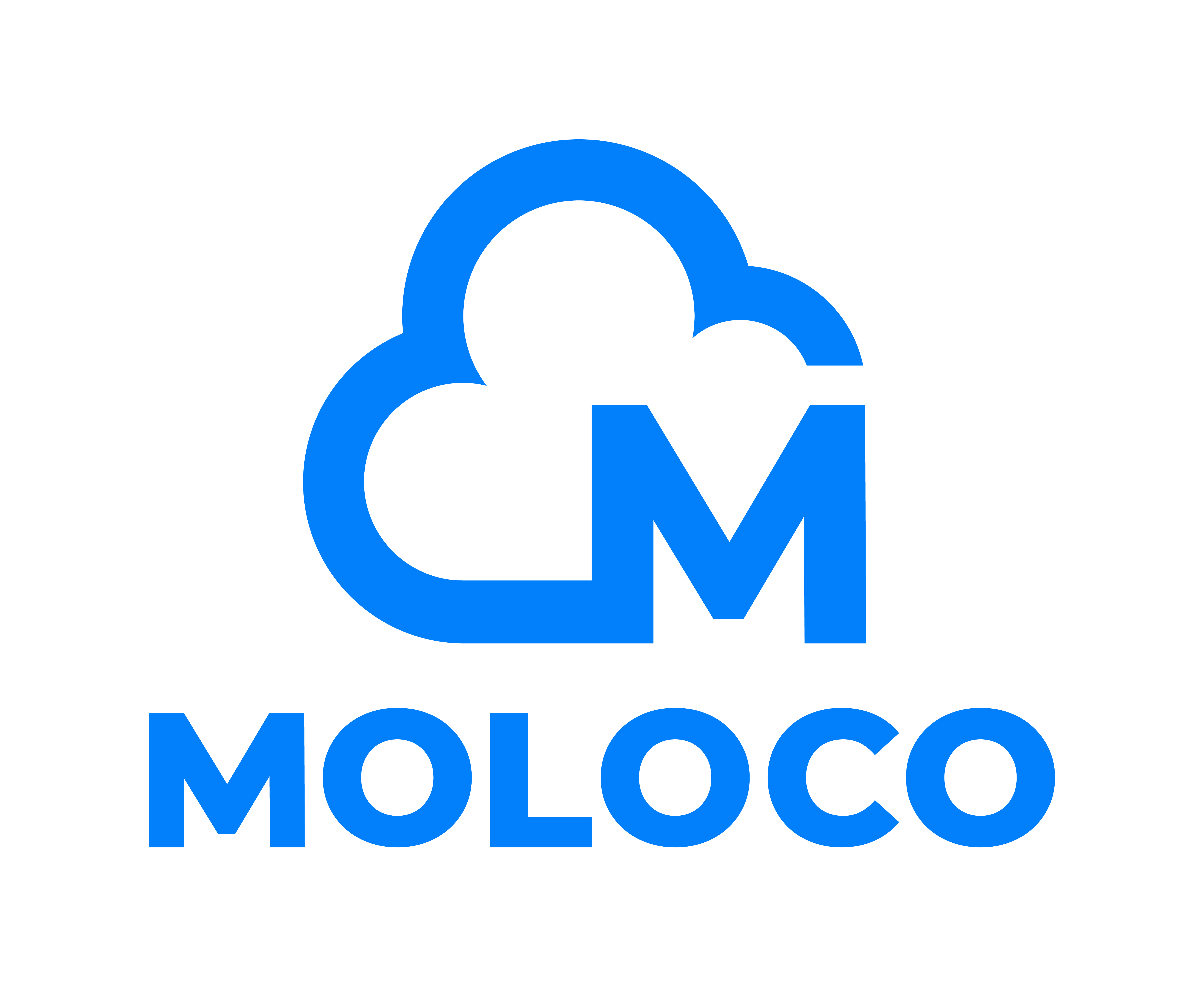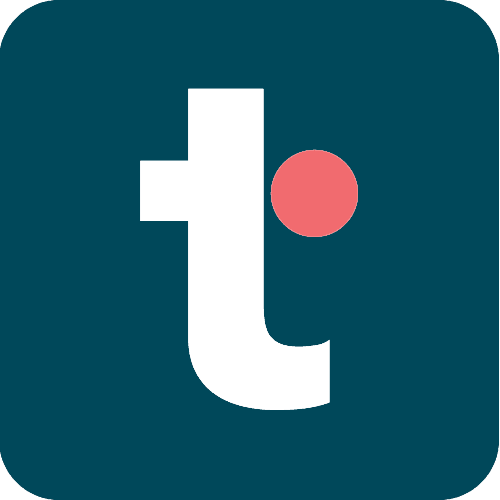Work Experience
Professional Experience

Data Science Intern, Growth Data Science Team
May 2024 - Aug 2024
Moloco
- Increased win rates by 5% and actions by 30%, improving campaign performance for AMR consumer advertisers by adjusting discount rates dynamically for high-value users. Boosted CPA predictability by 20%through statistical research on creative diversity, funnel category, and budget mode, leading to actionable A/B test recommendations.
- Achieved a 3-4% increase in ROAS for Activision by correlating pLTV with purchase events, leading to better revenue performance in D3 pLTV campaigns.
- Developed DMA-based strategies for Bumble that reduced CPA by 15%, identifying optimal spend levels and high-performing DMA markets, enhancing profitability for UA campaigns.

Data Science Capstone
Jan 2024 - May 2024
Sabre Labs
- Lead the development of a robust LLM-based solution, leveraging LlaMA 2 to achieve a unified address structures, by processing 1.35 million records of lodging properties from diverse aggregators. Acheived an initial accuracy score of 82.7%
- Utilized a BERT-based model to generate contextual embeddings from categorical data in over 6 million shop requests to Sabre IntelliSell, improving accuracy and performance for cache rate prediction.
- Utilized generated contextual embeddings for dynamic price prediction as a downstream task.
- Leveraged the HPC capabilities of the TACC-Lonestar 6 supercomputer for parallel computing and optimization.

Data Science Intern
April 2021 - July 2021
Twimbit
- Data Analysis: Installed and managed a holistic data pipeline (Algolia, Heap, Matomo, Segment) for tracking website user interactions to facilitate data-driven decisions.
- Leveraged A/B test insights and ad-hoc analysis to reduce product friction and boost daily user numbers by 5%.
- Machine Learning: Parsed raw HTML data from 700+ webpages on the product website using Beautiful Soup to train a Decision Tree model for automated classification of records into distinct categories.
- Proposed and implemented a unique metric correlating read time to page depth scrolled, improving page readability and user retention by 20%.
- Utilized text processing and topic modeling using gensim and spacy-transformers, leading to a 64% improvement in search query response time.
